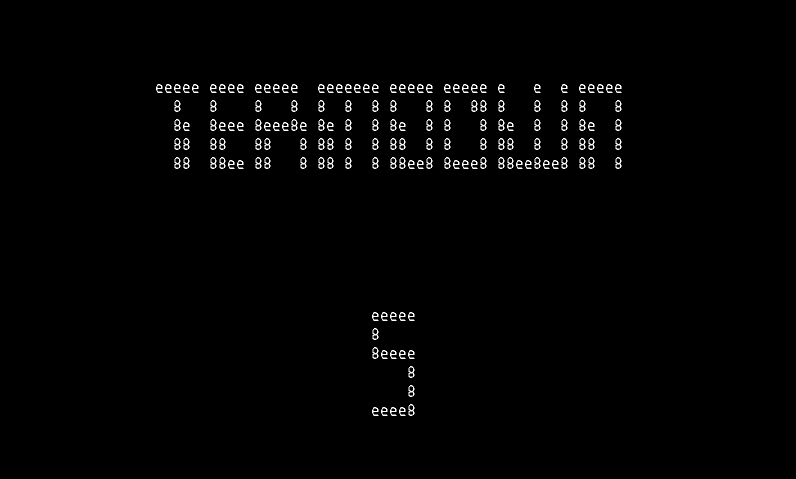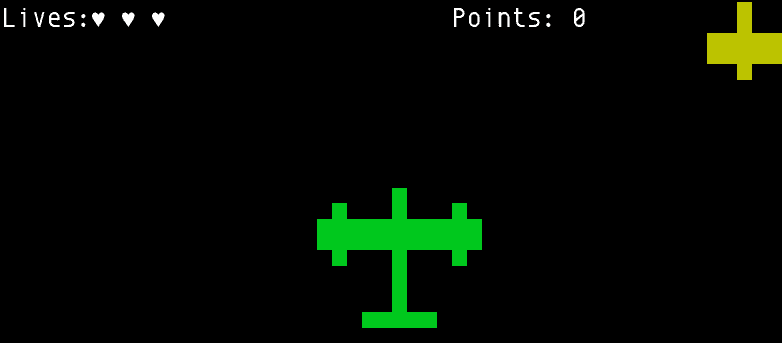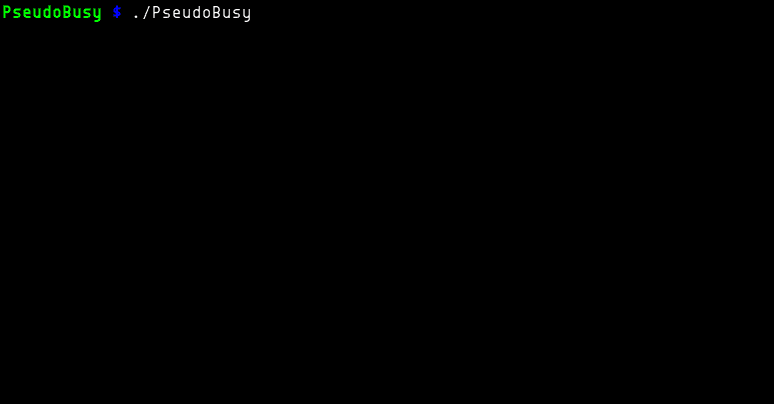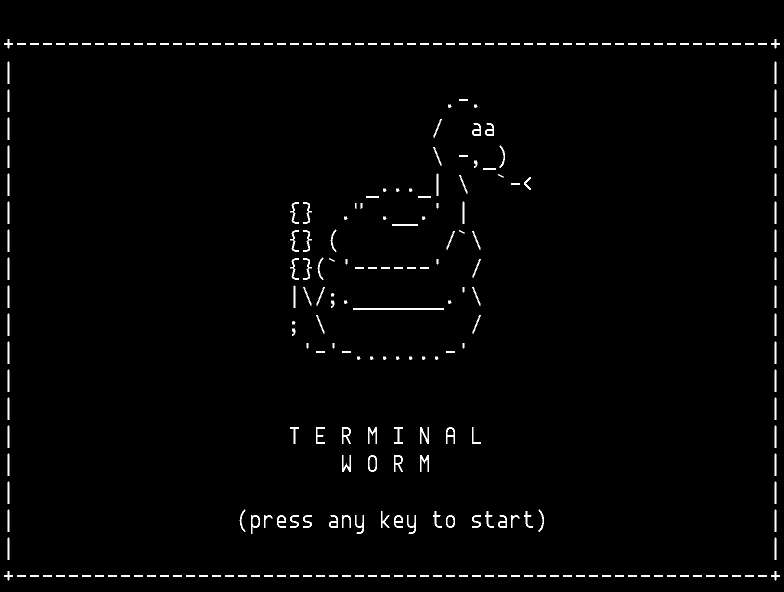Carrot, never got to plant it from store bought, but that could be I was doing it wrong. Although the carrot top that Ive been caring everyday still going lush green, but I am afraid once I plant it in soil, it soon would rot just like many that I had tried before.
It finally came to me that the reason they all rot is because they were cutting, if I plant they whole, their natural skin is still intact. So, I planted two small carrots, not baby one, just about twice or thrice of my thumb. Not sure if they would have enough energy stored in their root, maybe that doesnt matter much once they can still get from soil. I will see.
Nibbling small carrots, I only did that last year. To me, carrot was always a vegetable that had to be cooked, but not anymore. The taste and sweetness are incredible, and the crunchiness makes eating one more interesting. The thin root in the end and little top can also be eaten without no effort at all.
Another comment on my Tk/Ttk progress bar example and I finally have enough of it, a big white-on-red text should be another to tell them, well, thats Id hope. But, we ended up exchanging more than 10 comments, not bad conversations.
What else?
- Drying a 15cm long red pepper, its nearly uniformly round lengthwise about 2cm in diameter. Not sure if its Romero pepper or Serrano pepper, but this one really has smooth skin.
- While I was eating a wax apple (Syzygium samarangense, also known as was jambu), I saw a big seed inside, that I have never seen before, usually they would be tiny dark bits, but this seed seems mature. I am going to plant it.
- Finally, Google Consumer Surveys Website Satisfaction is showing responses, but only one analyzed and still 0 for normal one.
- My #1000 READYT project is about half done, need to finish the opening and ending and to work with audio.
- Bird feeder definitely is working because there was nothing left in the bottle this afternoon.












